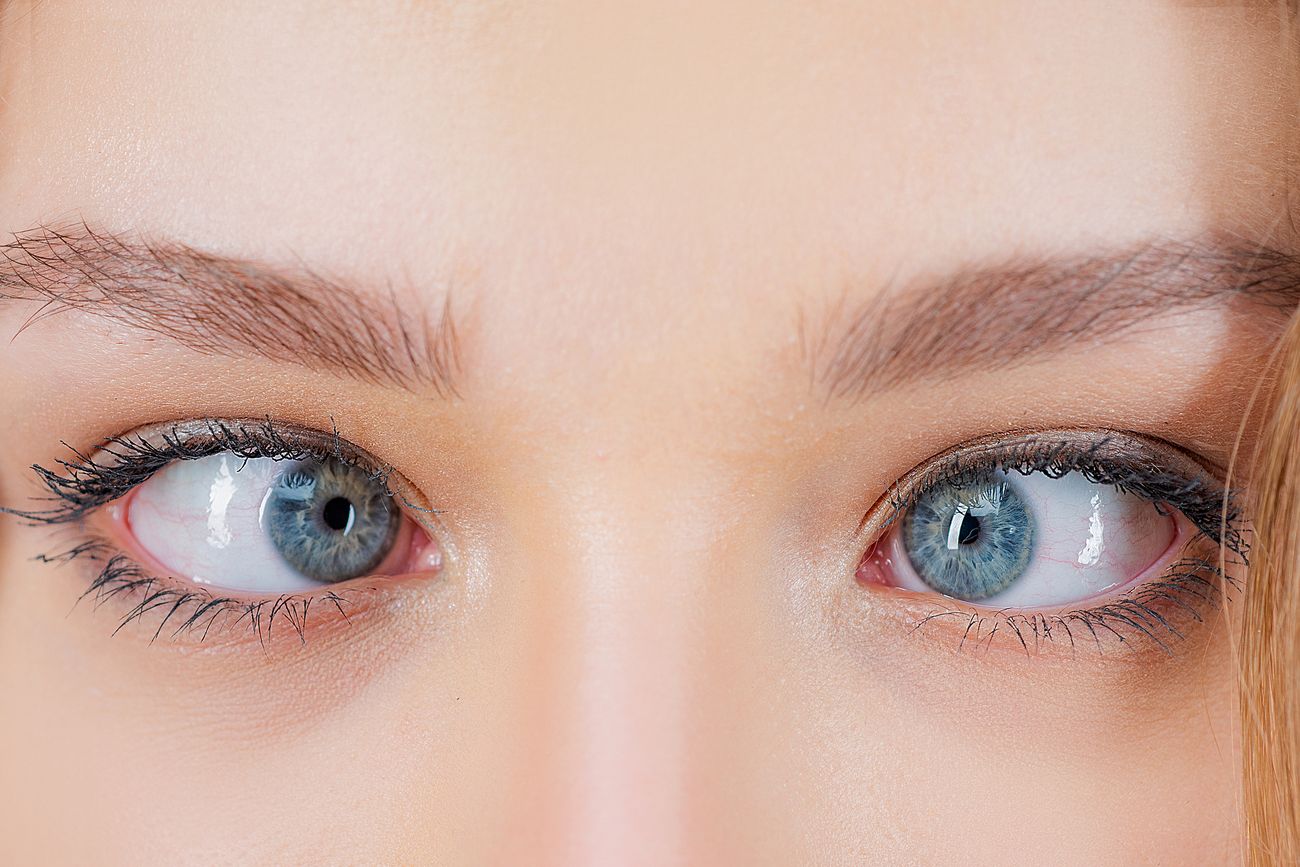
Heterotropia is a condition where the eyes do not align properly, causing one eye to turn in a different direction from the other. This misalignment can lead to double vision or poor depth perception. Did you know that this condition affects about 4% of the population? It can occur in children and adults, often due to muscle imbalances or nerve issues. Treatments range from corrective glasses to surgery, depending on severity. Understanding heterotropia is crucial for early detection and effective management. Let's dive into 28 intriguing facts about this eye condition that might surprise you!
What is Heterotropia?
Heterotropia, commonly known as strabismus, is a condition where the eyes do not properly align with each other when looking at an object. This misalignment can cause various visual problems and can affect people of all ages.
-
Heterotropia affects about 4% of the population. This means millions of people worldwide live with this condition.
-
There are different types of heterotropia. These include esotropia (inward turning), exotropia (outward turning), hypertropia (upward turning), and hypotropia (downward turning).
-
It can be constant or intermittent. Some people have eyes that are always misaligned, while others experience it only occasionally.
Causes of Heterotropia
Understanding what causes heterotropia can help in managing and treating the condition effectively.
-
Genetics play a significant role. If a family member has heterotropia, the chances of developing it increase.
-
Neurological conditions can cause heterotropia. Issues like cerebral palsy or stroke can lead to eye misalignment.
-
Eye muscle problems are a common cause. Weak or overly strong eye muscles can result in heterotropia.
Symptoms of Heterotropia
Recognizing the symptoms early can lead to better management and treatment outcomes.
-
Double vision is a common symptom. When the eyes are not aligned, it can cause seeing double.
-
Eye strain and headaches are frequent complaints. Misaligned eyes can lead to discomfort and pain.
-
Difficulty with depth perception. People with heterotropia often struggle to judge distances accurately.
Diagnosing Heterotropia
Proper diagnosis is crucial for effective treatment.
-
Eye exams are essential. Regular visits to an eye specialist can help diagnose heterotropia early.
-
Special tests can determine the type and severity. Tests like the cover test and Hirschberg test are commonly used.
-
Pediatricians often spot it in children. Early diagnosis in kids can lead to better treatment outcomes.
Treatment Options for Heterotropia
Various treatments can help manage and correct heterotropia.
-
Glasses or contact lenses can help. Corrective lenses can sometimes align the eyes properly.
-
Vision therapy is another option. Exercises designed to improve eye coordination can be effective.
-
Surgery may be necessary in severe cases. Eye muscle surgery can correct the alignment.
-
Botox injections can temporarily fix the alignment. This is often used as a short-term solution.
Living with Heterotropia
Managing daily life with heterotropia involves some adjustments.
-
Special glasses can reduce symptoms. Prisms in glasses can help with double vision.
-
Regular eye check-ups are crucial. Keeping tabs on eye health can prevent complications.
-
Support groups can be beneficial. Connecting with others who have heterotropia can provide emotional support.
Heterotropia in Children
Children with heterotropia require special attention to ensure proper development.
-
Early treatment is vital. The sooner the condition is addressed, the better the outcomes.
-
Patching therapy can be effective. Covering the stronger eye can force the weaker one to work harder.
-
Regular monitoring is essential. Frequent check-ups can track progress and adjust treatments as needed.
Myths and Misconceptions about Heterotropia
Clearing up common myths can help in understanding the condition better.
-
It's not always noticeable. Some people have very subtle misalignments that are hard to detect.
-
It doesn't always cause vision loss. Many people with heterotropia have normal vision in each eye.
-
It's not just a childhood condition. Adults can develop heterotropia due to various factors.
Interesting Facts about Heterotropia
Some lesser-known facts can provide a broader perspective on heterotropia.
-
Animals can have heterotropia too. Pets like dogs and cats can also experience eye misalignment.
-
It can affect self-esteem. The visible misalignment can impact social interactions and confidence.
-
Technology aids in treatment. Modern advancements like computer-based vision therapy are making treatments more effective.
Final Thoughts on Heterotropia
Heterotropia, a condition where the eyes don't align properly, affects many people worldwide. Understanding its causes, symptoms, and treatments can help those affected lead better lives. Early detection is crucial for effective management. Treatments range from glasses and eye patches to surgery, depending on severity. Regular eye exams can catch issues early, making a big difference in outcomes.
Living with heterotropia can be challenging, but support from healthcare professionals and loved ones makes it manageable. Awareness and education about this condition can reduce stigma and improve quality of life for those affected.
Remember, if you or someone you know shows signs of heterotropia, consult an eye specialist. Early intervention is key. Stay informed, stay proactive, and support those around you. Knowledge truly is power when it comes to managing health conditions like heterotropia.
Was this page helpful?
Our commitment to delivering trustworthy and engaging content is at the heart of what we do. Each fact on our site is contributed by real users like you, bringing a wealth of diverse insights and information. To ensure the highest standards of accuracy and reliability, our dedicated editors meticulously review each submission. This process guarantees that the facts we share are not only fascinating but also credible. Trust in our commitment to quality and authenticity as you explore and learn with us.
